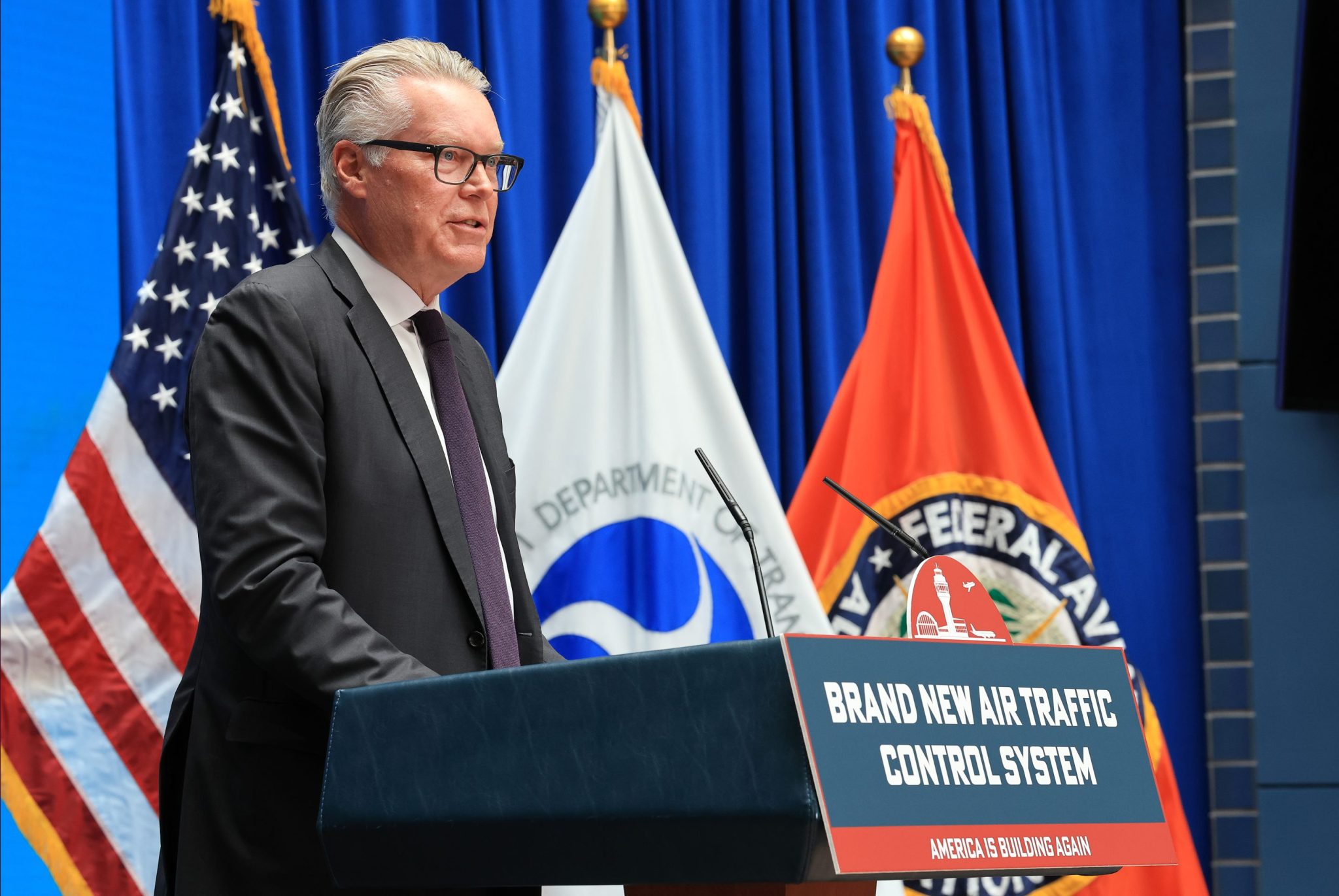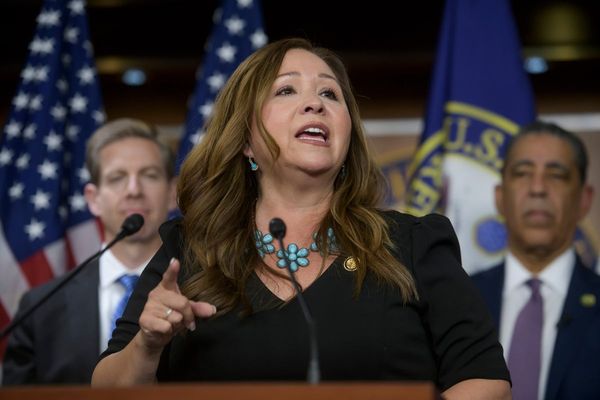
- Delta CEO Ed Bastian said air traffic control systems in the U.S. are so antiquated it actually takes longer to fly certain routes today than it did in the 1950s. Transportation Secretary Sean Duffy even compared the old equipment to something you’d see on the set of Apollo 13. Duffy and President Donald Trump recently unveiled a plan to update the air traffic control system in the U.S.
During the past couple of weeks, chronic flight delays and cancellations at Newark Liberty International Airport have revealed a litany of problems with antiquated air traffic control systems.
Transportation Secretary Sean Duffy even said earlier this week some of the decades-old computer equipment air traffic controllers use looks like it came off the set of Apollo 13, and compared it to a 1967 Volkswagen Beetle.
And on Thursday, Delta CEO Ed Bastian revealed that, due to aging air traffic control systems, it actually takes longer today to fly from Atlanta to LaGuardia than it did in the 1950s when the airline opened that route.
“That’s the air traffic control system. It’s very slow. It’s congested,” Bastian told TODAY. “If you modernize the skies, you can kind of bring greater efficiency.”
By modernizing the skies, Bastian means using satellite technology, the latest state-of-the-art equipment, and GPS. But currently, air traffic controllers have to use a radar point-and-shoot system from the 1960s.
“The screens look like something out of the 1960s and ‘70s,” Bastian said. “Our controllers and our operators need the best in order to keep us safe and make sure it maintains its safety record.”
Delta didn’t respond to Fortune’s request for further comment.
Despite a barrage of emergency landings, machinery failure, a collision, and other air traffic control failures in the airline industry reported this year, Bastian insists it’s still safe to fly.
“It is absolutely safe. It's the safest form of transportation in the world,” Bastian said. “The most skilled aviation professionals in the world work and operate the U.S. airspace. So it is absolutely safe.”
But just because it’s safe doesn’t mean it’s acceptable for the U.S. to have such antiquated technology operating its airspace, Bastian said.
Although there is bipartisan support to modernize America’s air traffic control system, it’s a process that requires a lot of time and money. On May 8, Duffy and President Donald Trump announced a plan to build a brand-new air traffic control system “that will be the envy of the world.”
The plan includes replacing outdated infrastructure with wireless and satellite technologies at more than 4,600 air traffic control sites, building six new air traffic coordination centers, and replacing towers and terminal radar approach control (TRACONs).
“Our antiquated air traffic control system is affecting our workforce,” the Federal Aviation Administration said in a May 5 statement. “As Secretary Duffy has said, we must get the best safety technology in the hands of controllers as soon as possible.” Reuters reported in late March the FAA was short about 3,500 air traffic controllers.
Neither Duffy nor Trump have revealed exactly how much that plan will cost. The House Transportation and Infrastructure Committee, though, estimates it could cost $12.5 billion, but Duffy said he estimates it’ll cost more than that. The Modern Skies Coalition, an umbrella group for aviation industry groups, estimated it would cost $31 billion or more to accomplish Duffy’s plans.
But in the short term, the airline industry is making adjustments to improve flight delays and cancellations that result from air traffic control problems. Many airlines are pulling down their operations at Newark, Bastian said, which reduces some of the congestion at the airport.
“Now, that's not good in the long run. It's not good for consumers,” Bastian said. “It's not good for the airport itself, but it's the only thing that we have in the meantime.”







